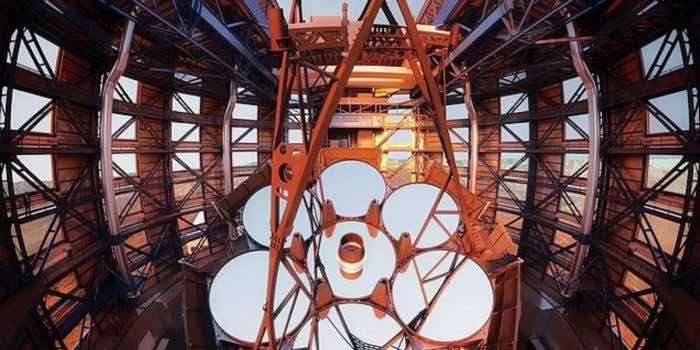Scientists have finally stepped up to begin the construction of an incredibly amazing and state-of-the-art telescope, known as the Giant Magellan Telescope (GMT), to harness the hope of exploring space science and cosmic specifics in more detail. The telescope would be an incredible scientific feat of its own and would come with even more specifications and features than the James Webb Telescope. Yes, you heard it right! However, to foster the concept of building this unusual marvel, GMT has just received a whopping sum of $205 million dollars that will be spent on its construction.

On that count, this giant telescope is currently under construction, and the aim behind its development is to allow scientists to reveal those facts about space that are still not explored. However, the company is signaling the possible arrival of this 12-story Giant Magellan Telescope in 2029, and most interestingly, it will come with a light collecting area that will be ten times more precise than that of the James Webb Telescope and will also have a spatial resolution of as much as four times that of the JWST.

According to Dr. Walter Massey, Board Chair of the Giant Magellan Telescope and former Director of the National Science Foundation, “We are working with some of the brightest engineers and scientists at leading research institutions around the globe.” He further said, “The recent contributions from our investing partners in the Giant Magellan Telescope are collectively pushing the boundaries of astronomy, making the future a reality and allowing us to answer some key science goals, including ‘Are we alone in the Universe.”
On the other hand, Lisa Kewley, director of the Centre for Astrophysics at Harvard and Smithsonian, stated, “The GMT will revolutionize our understanding of the cosmos through innovative new technology combined with a world-class site in Chile. The telescope will answer some of humankind’s biggest questions about the first stars, the first galaxies, the secrets of dark matter and dark energy, and extrasolar planets suitable for life.”

However, it must be noted that several countries, like South Korea, Australia, Brazil, France, Italy, and Chile, are collaborating with the Giant Magellan Telescope organization. One of the most interesting details is that the seven mirror segments of the telescope will have a diameter of 82 feet, and they are currently being prepared in Tucson, Arizona. As per Eric Isaacs, president of the Carnegie Institution for Science,
“Six like-minded founders of the Giant Magellan Telescope worked together to close the financial gap between the resources we have attracted to build the telescope and what is required to complete it. This investment will bring the telescope closer to first light and provide the world with transformational knowledge of our universe. Carnegie is proud to have kickstarted the funding effort and to have worked closely with our peers.”

Coupled with this, a 40,000-square-foot area has also been constructed in Rockford, Illinois with the aim of developing this giant telescope structure. Chile is also preparing its construction site, which is 8255 feet, for the manufacturing of the next stage of construction for this telescope. Moreover, its adaptive secondary mirror has also been in progress in France and Italy. GMT President Robert Shelton stated, “We are honored to receive this investment in our future. The funding is truly a collaborative effort from our founders. It will result in the fabrication of the world’s largest mirrors, the giant telescope mount that holds and aligns them, and a science instrument that will allow us to study the chemical evolution of stars and planets like never before. “


